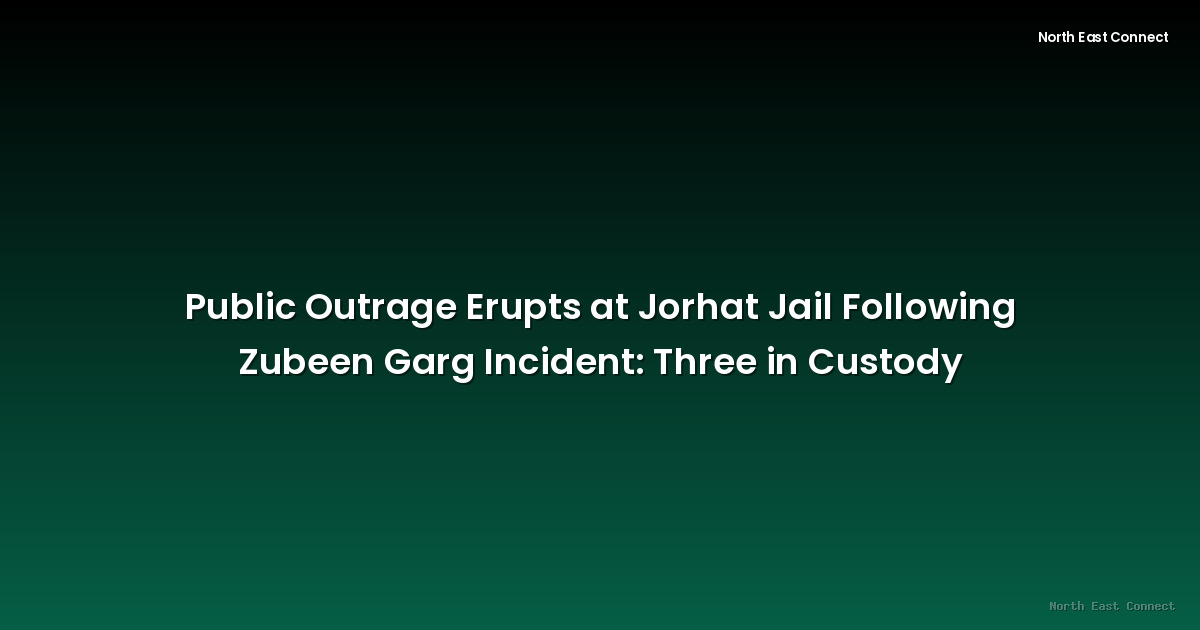2025-08-20 · News
The SVAMITVA (Survey of Villages and Mapping with Improvised Technology in Village Areas) scheme, a flagship initiative of the Government of India, aims to provide rural property owners with record of rights to their land. While the scheme has been lauded for its potential to streamline land administration and reduce property-related disputes, its implementation in Assam has faced considerable challenges. This article examines the current status of the scheme in the state, highlighting the reasons for the lag and exploring potential solutions for improved performance.
The primary goal of SVAMITVA is to provide accurate and digitally documented land ownership records for rural residents. This involves a comprehensive survey using drone technology and other modern mapping techniques to create precise property maps. The resulting property cards offer legal recognition of land ownership, simplifying property transactions and reducing disputes. For many rural Assamese landowners, this represents a significant step towards secure land tenure.
However, Assam's progress in issuing these crucial property cards has been significantly slower than that seen in many other states. While the exact reasons are multifaceted, several contributing factors are worth noting. One key challenge is the state's geographical diversity. The varied terrain, dense forests, and difficult-to-access areas present logistical hurdles in conducting efficient and comprehensive surveys. The sheer scale of the undertaking, given the vast number of villages and properties involved, also adds to the complexity.
Furthermore, technological limitations and the availability of skilled personnel to operate the specialized equipment required for drone surveys have posed challenges in some regions. This highlights the need for substantial investment in technology and training to overcome the technological hurdles. Administrative bottlenecks and bureaucratic processes may also have slowed the distribution of property cards. Improving inter-departmental coordination and streamlining paperwork could prove to be key to accelerating the implementation process.
Despite these challenges, the Assam government has made efforts to accelerate the SVAMITVA scheme’s progress. Initiatives to improve infrastructure, upgrade technology, and enhance training programs are underway. Improved collaboration between state authorities and local bodies is essential to effectively manage the rollout and address the concerns of rural communities. Addressing land disputes and ambiguities prior to issuing property cards also constitutes a critical step. Transparency and public engagement are crucial to fostering trust and encouraging participation in the scheme.
The success of the SVAMITVA scheme hinges on addressing these ongoing challenges. A multi-pronged approach involving technological advancements, better infrastructure, improved human resources, and effective administrative processes is needed to expedite the distribution of property cards. Regular monitoring, evaluation, and community feedback are crucial to ensuring that the scheme achieves its intended goals and benefits the intended beneficiaries in Assam.
The long-term benefits of successful SVAMITVA implementation in Assam are significant. It promises greater security of land tenure, improved access to credit, and a more efficient land administration system. This, in turn, can contribute to economic development and empower rural communities. Continued efforts to overcome the challenges and accelerate the distribution of property cards are essential for realizing the scheme's full potential in the state.







